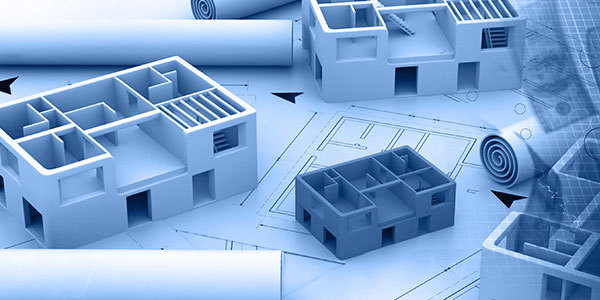
The next big thing is a phrase that gets thrown around a lot, especially in the world of modern technology where advances to building industry products occur daily. To say something is “the next big thing” is a quick way to get ignored and for good reason, which is why we tread lightly when we hear it as well. But when MIT produces the technology that can autonomously construct a building in 14 hours, we’re bound to be interested at not only the logistics of the project but the implications as well. There are a wealth of industries and scientific sectors that would benefit from the quick and reliable construction of certain structures, but could that mean a shakeup for the building industry? We explore how 3D-printed buildings could expand the building products sector and what it means for the future of the industry.
Affordable Housing
As the industry continues to strive to meet the housing demands of a growing world population, 3D-printed buildings could offer a solution in poorer areas where efficient housing struggles and often fails to keep with an expanding population. The opportunity to provide sustainable living quarters could be an enormous boon for global economies and for forward-thinking building material companies. This could also be an enormous advantage in terms of providing housing and other construction in remote areas where the provision of traditional building materials may prove difficult if not impossible. This opportunity is encouraging as it shows how 3D-printed buildings could prove to a valuable addition to traditional building methods and not a replacement.
Disaster Relief
There are few things more devastating than a natural disaster. From hurricanes and floods to tornados and fires, the mass destruction of homes and businesses can mean the destabilization of entire economies and personal lives. Imagine the possibilities of being able to provide temporary living structures for communities in a matter of hours. The opportunities 3D-printed buildings could provide to aid victims of such disasters could not only stand as a humanitarian monument, but could also prove to be the greatest economic option, as it would expedite the processes needed to get these victims back home and back to work.
Space Exploration
If we are going to build in unknown terrains and in unstable environments, it is likely that we will have to seek out unusual building methods. To boldly go where no man has gone before might be a little easier if there are already habitats waiting when we arrive. The prospects of 3D-printed buildings and 3D-construction technologies like that of MIT’s Digital Construction Platform could begin building structures and habitats on places like Mars before humans ever arrive. In terms of advanced space exploration, 3D-printed buildings could decrease the time, money and resources needed for such endeavors. This expediency means less time wasted on the mundanity of exploration and more time spent on research and discovery.
The possibilities offered by 3D-printed buildings are exciting, and the companies that are prepared to advance into this industry sector could prove to be the leaders of tomorrow. Partnering with staffing leaders with connections across a multitude of markets, like Davalyn Corporation, can provide you with the best talent needed to forge into the new segments of the building materials industry, like 3D-printed buildings.
Related industries: Durables, Building Products, Hardware, & Home Improvement